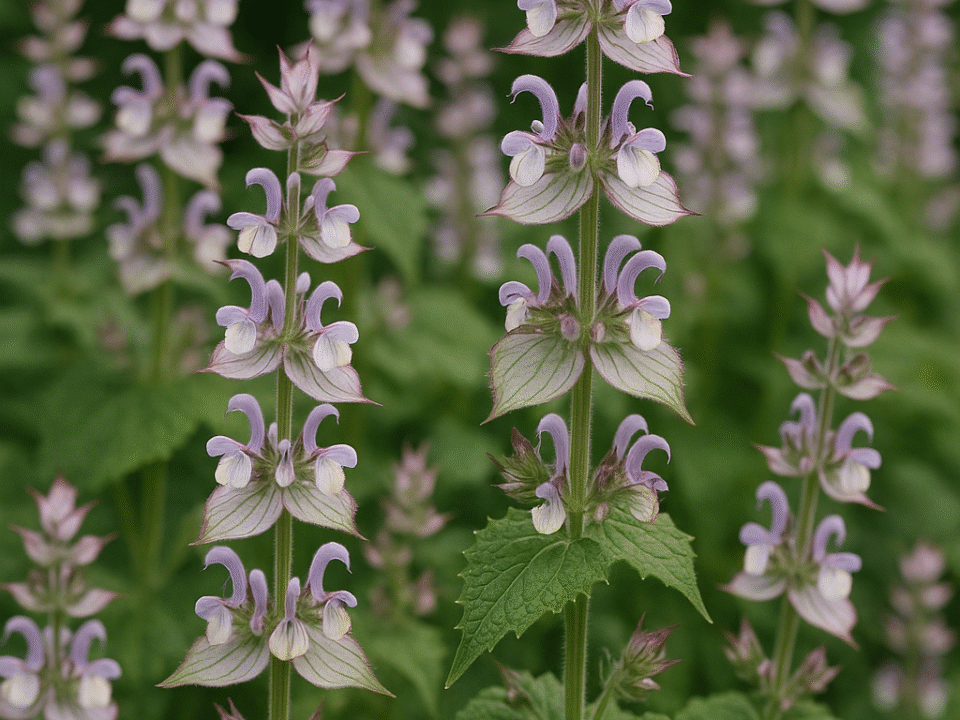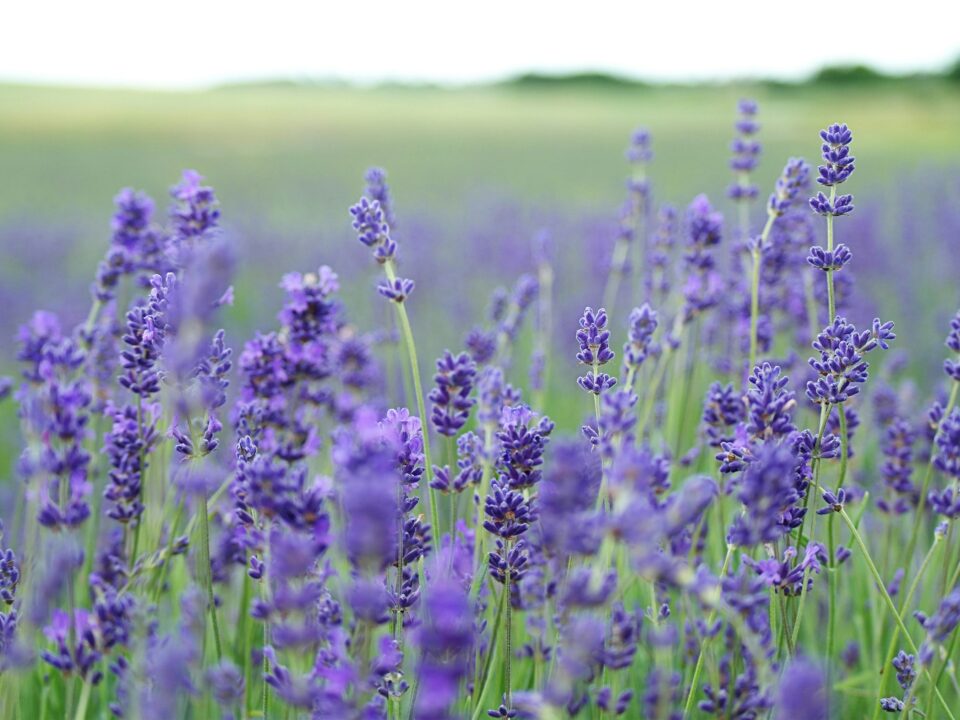
The family Asteraceae consists of more than 30 thousand flowering plants, which are often grouped under the following umbrella terms: daisies, sunflowers or asters. Bellis perennis is one of the members of this large family native to the central, western, and northern parts of Europe. It is often perceived as the archetypical species of the name daisy. In order to distinguish this species from the rest of the plants that are also called daisies, it was named the English daisy, or a common daisy. From old English, ‘daes eag’ means petals that open with the sun.
Bellis perennis has multiple uses. Its young leaves may be used as potherb: the leaves can either be added as a raw or cooked ingredient into different dishes. With age, its leaves become more astringent and are no longer safe for food consumption.
B. perennis’ astringent properties make it a number one ingredient in herbal medicine. Ancient Egyptians have been using daisies for medicinal purposes, such as swelling and bruises, as early as 2200 BC.
In skincare formulations, the non-toxic part of Bellis perennis, which is its flower extract, is used for its brightening, anti-pigmentation, anti-aging, and exfoliating properties. It is added to different serums, toners, and illuminating products.
Daisy blossom extract has a unique property to inhibit the production of tyrosine in the skin by almost 50%. Tyrosine is an amino acid which aids in the production of melanin and can promote hyperpigmentation. With its inhibition, the appearance of dark spots is expected to decrease as well as facilitate lighter and brighter skin complexion.
Moreover, the active ingredient of Daisy blossom extract helps to decrease signs of premature aging caused by UV (ultraviolet) rays, Its brightening abilities can effectively decrease sunspots and prevent discolouration in the future.
As mentioned above, Daisy blossom extract is an effective anti-aging agent. Its ability to inhibit the production of melanin not just reduces hyperpigmentation, but also brings back brightness and luminosity to the skin’s surface. Moreover, frequent sun exposure damages existing collagen fibres and prevents the production of new collagen. Daisy blossom extract helps to keep the skin youthful by preventing wrinkling and sagging of the affected areas.
Daisy blossom extract contains a high concentration of exfoliating acids like malic and tartaric acids that are involved in natural cell turnover. Cell turnover in the skin means that new skin cells are produced and remove dead skin cells. Individually, tartaric acid targets areas that are affected by wrinkles, dullness, and dryness. It moisturises the skin and decreases visible signs of aging. Malic acid aids in exfoliation, reduction of wrinkles, hydration, and improves skin tone.
The active ingredient of daisy blossom extract is suitable for all skin types, including sensitive skin, and is safe to use on daily basis. Moreover, it is a safer option for individuals allergic to Kojic acid or those who are pregnant.



